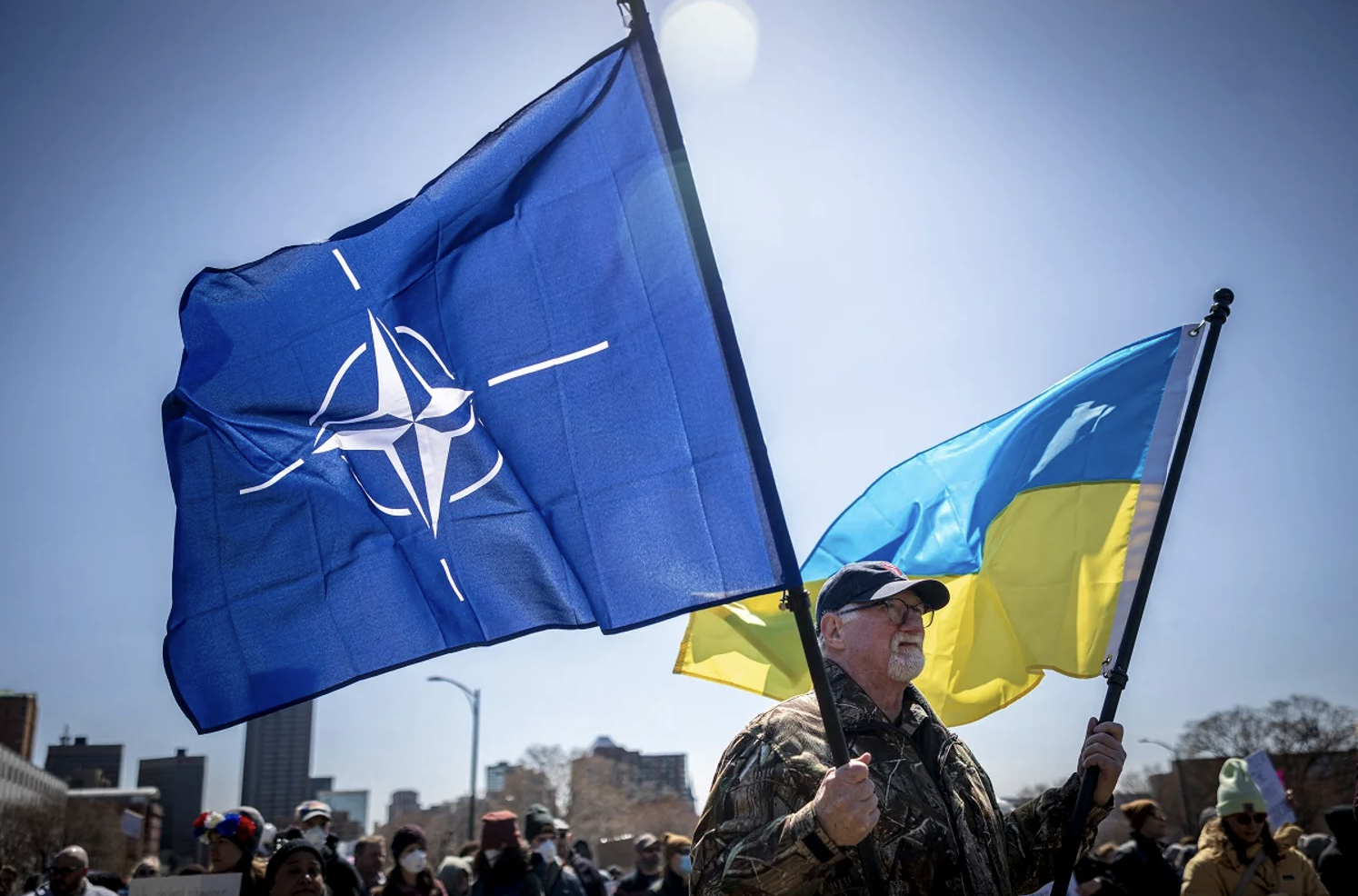Germany’s intelligence chief disclosed that Russia intends to challenge NATO’s Article 5 mutual defense pact, which states that an armed attack against one NATO member in Europe or North America is considered an attack against all members.
Meanwhile, some NATO countries increased their defense spendings in preparation for potential Russian aggression and emphasized the need for a unified strategy to counter Russia’s hybrid warfare, which includes espionage, sabotage, and cyber operations across Europe.
“We are absolutely certain and have intelligence evidence confirming that Ukraine is just one stage on its path westward,” Kahl stated.
“They don’t need to send tanks for that,” Kahl added. “They just have to send ‘little green men’ to Estonia to defend the allegedly oppressed Russian minority.”
However, Kahl clarified that German intelligence does not anticipate conventional military operations involving large armored formations moving from east to west. This suggests Russia may pursue alternative methods, such as cyberattacks or energy coercion, to challenge NATO’s resolve.
Sinan Selen, deputy head of Germany’s Federal Office for the Protection of the Constitution (BfV), reported escalating Russian cyber operations and sabotage activities targeting Western nations. According to Selen, Russian aggression in Ukraine has intensified pressure on German cyber defense and counterintelligence capabilities.
According to Kahl, Russia’s objectives include reversing NATO’s eastward expansion to 1990s boundaries, removing American military presence from Europe, and expanding Russian influence regardless of cost. The intelligence chief emphasized the need to counter these efforts immediately. Despite tensions, Kahl noted that German-American intelligence cooperation remains stable.
Previous warnings of NATO-Russia conflict
Earlier, German Defense Minister Boris Pistorius warned that Russia could potentially attack NATO countries by 2029 or 2030 due to its rapid military industrialization and expansion of armed forces, which are expected to reach 1.5 million troops by 2026.
He highlighted that Russia currently produces more weapons and ammunition in a few months than all EU countries combined produce in a year, signaling a significant buildup.
NATO intelligence sources told a Finnish newspaper that Russia is actively maintaining and updating plans for a potential multi-front offensive against NATO’s eastern flank, targeting Finland, Norway, and the Baltic states, with intelligence indicating it could amass up to 600,000 troops along these borders despite its main forces being engaged in Ukraine.
NATO officials and intelligence sources, including Sweden’s Armed Forces Commander and US Vice Admiral Douglas Perry, assess a Russian attack as inevitable rather than hypothetical, emphasizing Russia’s willingness to accept massive casualties and use missile strikes on civilian targets, mirroring tactics used in Ukraine.




